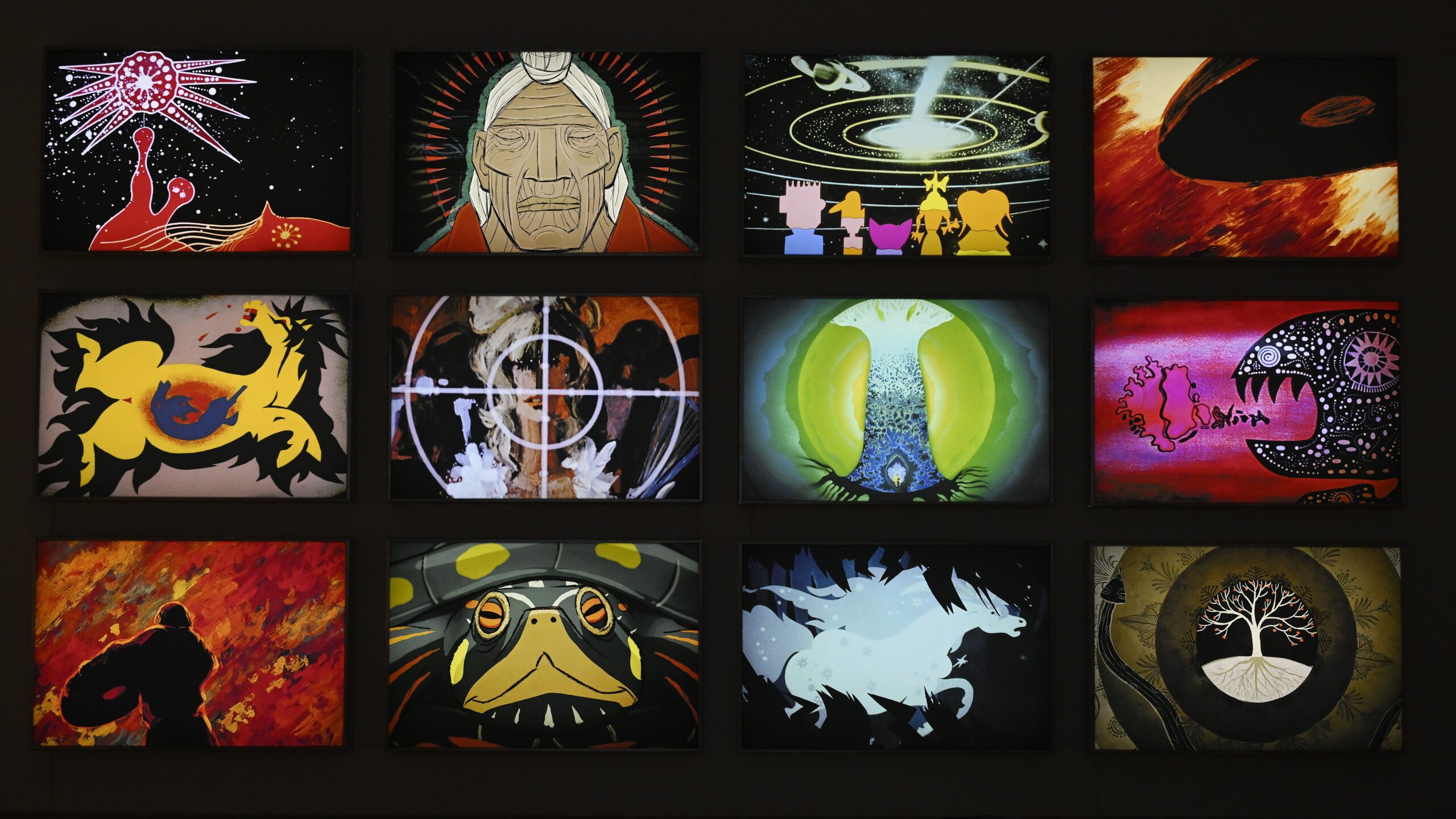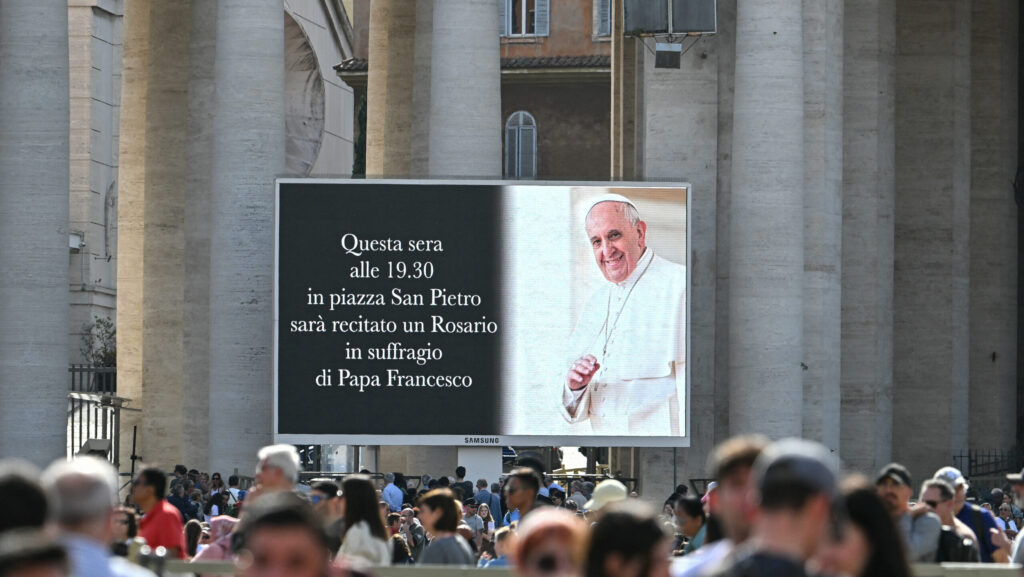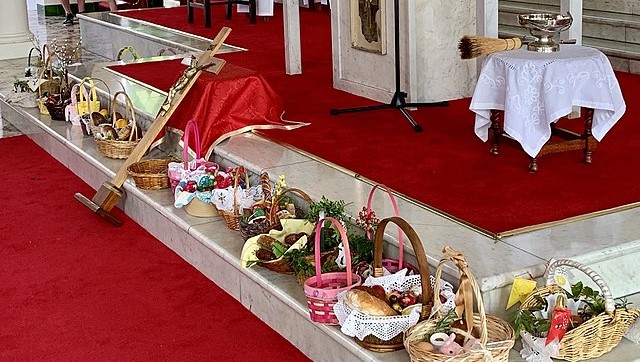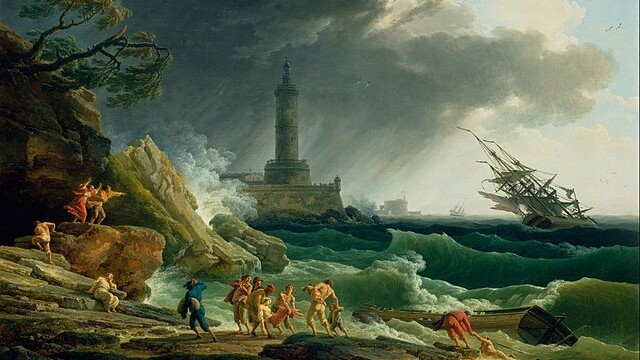Hungary’s rich animation heritage takes centre stage in a new exhibition at Kunsthalle (Műcsarnok), celebrating the art form’s 111-year history. ‘Vision, Gesture, Experiment — 111 Years of Hungarian Animation’ opens to visitors on Friday, offering a deep dive into the evolution of animation in Hungary and its most significant creators and works.
Curator Éva M Tóth emphasized the unique position of animation within contemporary art, noting that it merges multiple artistic disciplines from literature and fine arts to music. Speaking at the exhibition’s preview on Thursday, she explained that the curatorial team focused on showcasing these artistic intersections while selecting some of the most compelling moments from Hungarian animation’s past century.
The exhibition is arranged into three thematic rooms, each highlighting a different aspect of animation’s artistic and technical evolution. Special emphasis is placed on auteur animation, a distinctive and influential yet lesser-known segment of Hungarian animation history.
The first section, Vision, introduces visitors to four major Hungarian animation figures: Áron Gauder, József Gémes, Marcell Jankovics, and Sándor Reisenbüchler Sr. Each is represented by a well-known work, reflecting their artistic legacy. The exhibition also marks the 90th anniversary of Reisenbüchler’s birth with a dedicated screening of his films.
The second room, Gesture, presents a selection of films that stand out for their instantly recognizable style, innovative techniques, or unique dramaturgical approach. These works challenge traditional genre boundaries, though not as overtly as the films in the final section.
The last segment, Experiment, showcases bold and unconventional approaches to animation. Among the highlights is The Fly, the Oscar-winning short by Ferenc Rófusz, renowned for its groundbreaking use of background animation. Ferenc Cakó’s celebrated sand animation also features here, demonstrating the use of unusual materials in the medium. Additionally, films produced at the Balázs Béla Studio are displayed, many of which seamlessly merge animation with music and fine art to create entirely new artistic expressions. This section also includes unique animated works that were not originally created for the cinema screen.
Running until 27 April, the exhibition provides an extraordinary opportunity to explore the evolution of Hungarian animation and its place in the broader artistic landscape. By tracing the medium’s history through visionary storytelling, distinctive artistic gestures, and groundbreaking experimentation, Kunsthalle (Műcsarnok) offers an insightful tribute to a genre that continues to push creative boundaries.
Related articles:







